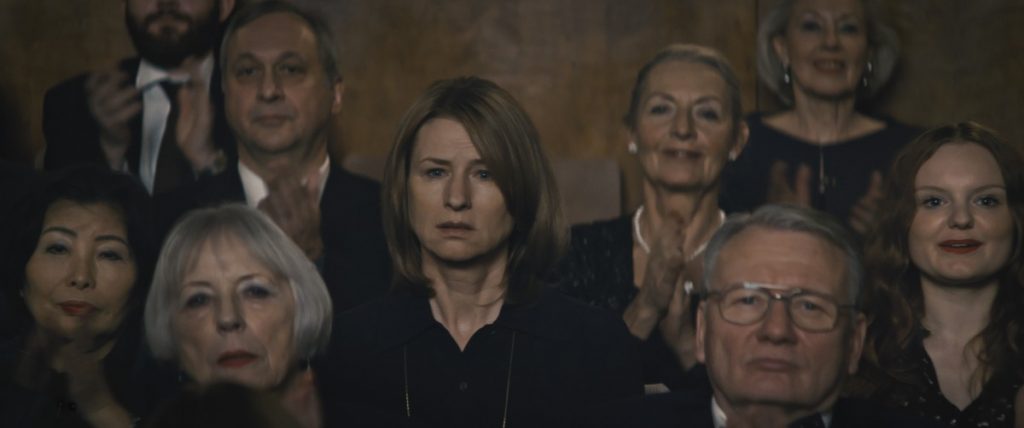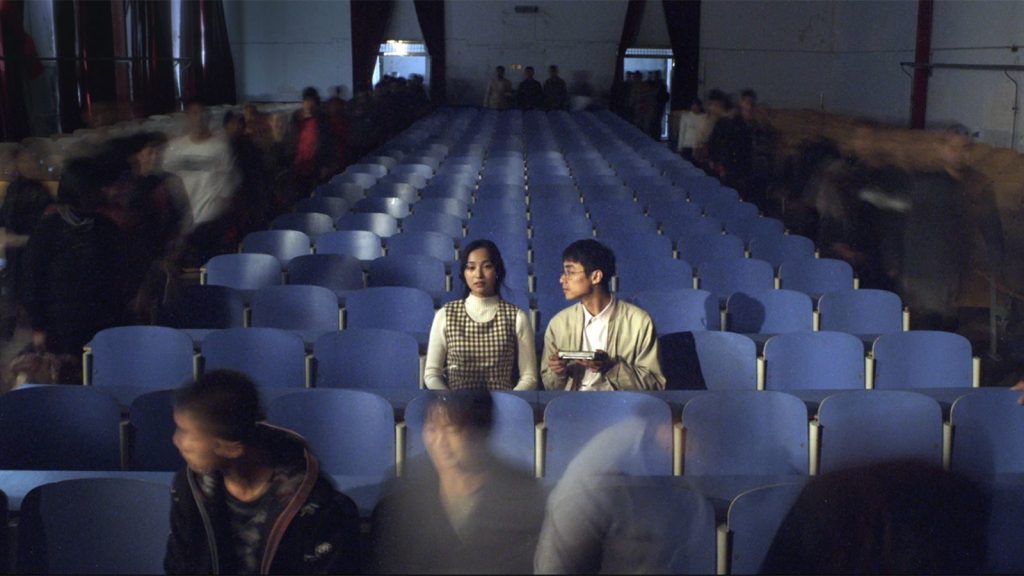Lara (2019): ‘KVIFF’ Review – A Sombre Tale of Unrealised Dreams
Lara (2019) is a sombre tale of unrealised dreams and ambitions, of a mother and son in conflict with themselves…
If You Are Happy [2019]: ‘NYAFF’ Review – An Intriguing Existential Thriller Rooted in Reality
Chen Xiaoming’s ‘If You Are Happy’ starts off with the birds-eye-view shots roaming over the cityscape of Shanghai. The score…
The Gun [2019]: ‘NYAFF’ Review – A Nihilistic Tale Lost in The Style
Reminiscent of the films like Villeneuve’s Polytechnique or Gus Van Sant’s much appreciated Elephant, ‘The Gun (Jû)’ also attempts to…
Wushu Orphan [2019]: ‘NYAFF’ Review- An Emotionally Resonating Yet Under-cooked Tale
Somewhere in the film, the school’s dean is shown to be searching for a movie to show to his students….
Jam [2019]: ‘NYAFF’ Review – A Fairly Enjoyable Collision Course
Sabu, a Takeshi Kitano-generation film-maker, achieved cult status for his singular ability to smoothly incorporate elements of absurdist comedy, heartwarming…
Mr Long [2017]: ‘NYAFF’ Review – A Hitman’s Encounter with Human Decency
It is interesting to note how the Japanese cult director Sabu (pseudonym of actor Hiroyuki Tanaka) gracefully moves between different…
Newness Netflix [2017] Review – Millennials Understanding How Relationships Work
There’s no denying the fact that erotic content sells better. Seeing Drake Doremus’s (who won big at Sundance for Like…
The Scoundrels [2019]: ‘NYAFF’ Review – A Standard Fare Which Could Have Stood Out with a Different Approach
Hung Tzu-Hsuan’s “The Scoundrels (Kuang tu)” is a usual run-of-the-mill crime drama, with some elements of a thriller – A…








